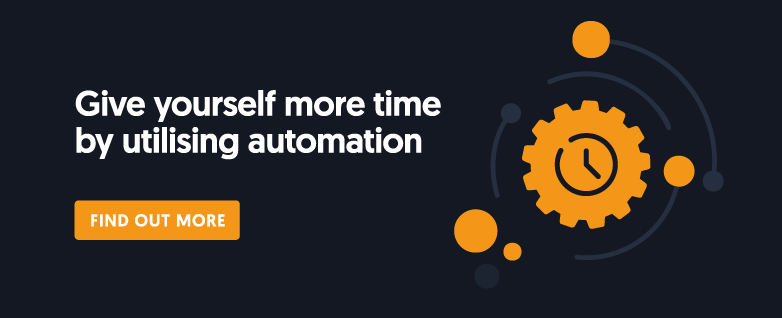Did you know that the idea for the internet was first muted back in the early 1960s? And that the first websites were created at the start of the 1990s?
30 years on, internet use is still expanding with (according to various online sources) around a million new users getting online every day.
It’s a busy old place!
Websites are still essential
An effective website is still therefore an essential requirement for the majority of businesses and organisations. They are your global shop window and a key part of your marketing mix.
Checks, challenges & wins
Here are a few essentials to help you ensure your website works.
You may like to kick things off by checking out this blog by our friends at Hubspot - How to Audit Your Website for Improved SEO and Conversions.
We have also made you a free website/SEO audit tool.
Once you are happy that your SEO is effective and that your website can easily be found online, your starting point is to revisit your overall aim.
Ask yourself once again… what is your website for? Does it promote your services? Is it a product sales website Or it is simply a brochure site (i.e. it’s just an online resource where people can check you out)? These are different aims and require different approaches.
Briefly then…
Services websites
A services website should not only list the services you offer; it must also tell visitors who your organisation is best placed to help, that you understand the problems and challenges these people have; and that you have a solution for them. It should share useful tips and advice, typically blogs, so that each visitor feels that they’ve found someone who can help them. It should also encourage the visitor to explore further and make initial contact. This may be downloading an e-book, app or more.
Product sales websites
A product sales website should be easy to search. If a visitor wants to buy women’s, size five, Nike trainers, they must be able to quickly pull up a page offering an array of Nike trainers with some easy to read background information (product details/ photos/ videos and customer ratings, for example). These websites also require easy navigation through to basket and checkout.
Brochure websites
A brochure website should have all the content as above for a services website and these two website types may also include customer reviews, testimonials and more.
Does it delight your target audience?
As mentioned above, your website must meet the needs of your ideal customers.
Have a look at our blog on Buyer Personas and audience segmentation.
You would for example, expect a website called - surfgearsplash.com to have different content and feel to a website called - ukpropertysolicitor.com.
Now it is possible that someone requiring professional property legal advice may also be a keen weekend surfer. They would however, expect to see a difference between these two sites. Make sure therefore that you understand deeply, the needs and wants of your audience. Then create something that they find so useful and attractive, they add your URL straight into their bookmarks and take further steps to get involved.
Your website must look great and be easy to read too.
Engaging visuals and Graphic Design.
How many times have you looked at a website and then binned it, simply because it looked old fashioned or was painful to navigate? Quite often probably!
Gestalt Theory reminds us that when we observe an object or design, if there is too much information, our eyes become confused. Our brains seek to organise elements into similar visual groups (by size, shape and colour). This is the basis of good graphic design and when we consider that more than half of all online interaction is now undertaken on small screens (handheld devices) your graphic design must be clean and drive easy navigation.
Persuasive wording
The written content on your website should initially, be brief.
The copy on your home and main pages should be simple, engaging and convincing; but then encourage the reader to explore further. Then, once you have them on board you can expand your word count. You may for example, do this within helpful blogs or downloads.
Always aim to have a conversation with your site visitor (rather than just telling them things) and try to use ‘you’ rather than ‘we’ language.
The key is to check
The key to all of the above is to check and review. Ask friends and colleagues to test, review and feedback on each of the elements within your website and remember also, that here at Method, creating websites that delight and engage (and prompt customer inquiries) is exactly what we do.
We love to share
If you’d like some tasty insights into how to boost your website (as part of your inbound marketing mix) then we offer a 30 minute Growth Review chat.
There’s no commitment, you can pick our marketing brains and we’ll include some free take-away tips and advice.
Can you spare half an hour at some point during the next few days?
Awesome, Let us know when works for you.




